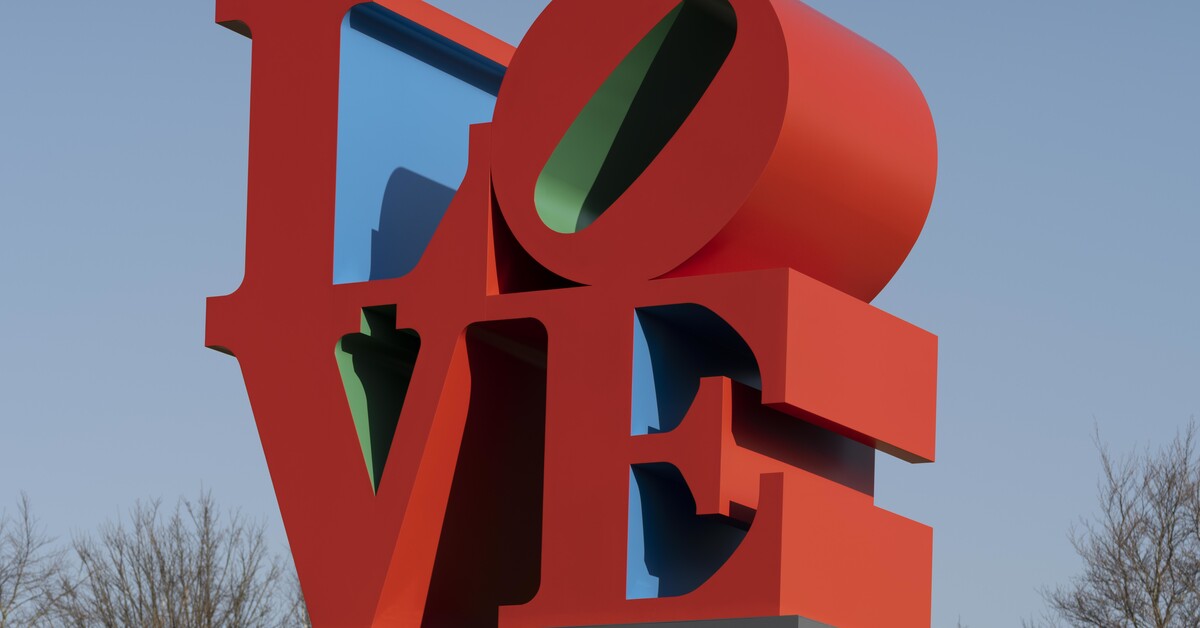
Roy Lichtenstein was one the most important pop artists of 1960s. His paintings included hidden images cartoon characters in them. Allan Kaprow from Rutgers University was an important influence on the artist. Kaprow encouraged Lichtenstein incorporate proto-pop iconography within his paintings. His pop period began on June 1, 1961, and lasted through 1965. Look Mickey (1961), which was his first big-scale pop painting, used Ben-Day dots as well as hard-edged characters.
Car
Roy Lichtenstein painted In the Car in 1963. The record for the highest Lichtenstein painting auction sale price was held by a smaller version. A larger version is kept in the Edinburgh Scottish National Gallery of Modern Art collection since 1980.
Girl with Ball
Roy Lichtenstein was an important contributor to Pop art. His work is featured in many major museums and art galleries. Lichtenstein designed and built a window frame. The Weismann Art Museum in Minneapolis is home to the mural, measuring 240 by192 inches. Hy Eisman was the inspiration for the painting. However, Lichtenstein changed the colors, omitted the caption, and reworked the composition.

You can step on the leg with a can
Roy Lichtstein Artists' painting Step-on Can With Leg is based on a comic book panel by Irv Novick, which appeared in the February 1962 issue. Lichtenstein created preliminary sketches from the original panel. These sketches are now part Tate Modern's collection. Lichtenstein's original vision of the painting can be seen in the sketches. He split the panel in two, with one containing the main plane and the explosion happening in the other.
Ohhh...Alright
Ohhh...Alright..., a 1964 pop art painting by Roy Lichtenstein, has reached a new high in auction prices. This painting is the most expensive Lichtenstein painting that has ever been sold at auction.
In the Car video
Albright-Knox Art Gallery's documentary, In the Car, is artist-driven. It chronicles the life of Roy Lichtenstein (American artist, pioneering the Pop art movement). Lichtenstein discusses his philosophy about art, how he uses images, and his approach to painting throughout the film.
Ohhh...Alright painting
Roy-Littenstein's Ohhh...Alright is a 1964 Pop Art Oil on Canvas. The image is now part a private collection. This painting was inspired from a comic by Arleigh Publishing Corp. (now part of D.C. Comics). It uses a limited palette of primary colours and depicts sexual attraction. The yellow background draws viewers into an emotional state.

Ohhh...Alright, video
Ohhh...Alright represents pop-culture during the 1960s. Since then, it has become one Lichtenstein's most beloved artworks. The video is a tribute to the decade's pop-culture explosion. Roy Lichtenstein, an internationally acclaimed artist who produced a variety of comic-strip images, created this video. Many of these works have been auctioned around the world. A new auction highlighting "Ohhh...Alright" will be taking place in November.
FAQ
What can pop culture teach you?
Our society today values material things over everything else. This is especially true with young people. They spend hours each day staring at screens. They watch movies, play video games, and surf the web. All of this distracts them from focusing on school work. This leads to them failing classes.
It is a world where everyone wants in. That means being popular. Popularity is dependent upon having money, clothes and other possessions. This can lead to some people doing things that aren’t right.
Technology has made us too dependent. We have all the information we need thanks to technology. Not everything is accurate. There are many false rumors floating around the Internet. These rumors quickly spread because people share them through social media. It is easy to share something without verifying its truth.
People are losing their ability to think critically. They believe everything they read on the Internet. They believe what they read in magazines or on TV. They stop thinking for their own sake. Instead, they follow the crowd.
We lose control of our lives when we depend on others to tell we what's going on. Pop culture encourages us to rely on others. This can make us lazy. The truth is out there, but we don't always find it.
Is Tik Tok pop culture?
The answer is yes! This is not only for teenagers. These videos can be used by anyone to express their feelings, share life moments, and show support.
More than 200 million people use the app every day all over the globe. And this number grows by millions each day.
TikTok is a great way for brands to connect and create meaningful relationships with consumers.
TikTok is also home for many influencers who have built huge followings. These creators create original content and engage audiences around the world.
Don't wait! Here are four options to help you take advantage this trend.
-
Create viral content
-
Engage Influencers
-
Use Visuals Effectively
-
Get creative with your audience
Who invented the word Pop Music?
Frank Zappa invents the term pop music. His style of music was described by Frank Zappa using the term pop music.
He said that he wanted to write music that would appeal to everyone. He called his music "pop music".
Zappa also invents the phrase "You'll know it's pop when ..."". It means that something is extremely popular if you have many people enjoying it. Michael Jackson's Thriller album, for example, is one of his most popular albums.
Zappa has a different definition of pop music than we do today. Pop music encompasses all types of music. However, in the past, only certain genres of music were considered to be pop.
What is music's popular culture?
Popular Music Culture is an ever-changing phenomenon that takes many forms.
The popular music culture is defined by the use of certain musical styles (e.g., jazz, rock) as well as lyrics. It also includes visual media, like television, fashion, advertising and film, that have an impact on the careers of artists and public perception.
It's also about the way fans interact with their favorite artists.
The rise of superstars - musicians who have made a name for themselves - is one aspect of popular music culture.
These stars often transcend genres, becoming cultural icons and influencing the evolution of popular music.
Some other elements of popular music culture are:
* The rise in recording technology - from acoustic instruments, to electric guitars, and microphones.
* The invention of the record player and the radio;
* The birth of the rock 'n roll era;
* The introduction of television and film
* The advent of MTV and VH1;
* The creation the internet.
How did pop music get started?
It was an accident. It was an accident. Someone accidentally knocked the piano over as they were playing around on New Years Eve in 1920.
The recording company loved what they heard so they decided to release the single.
This single was the first to be officially recorded.
Pop music has become today's most popular form for musical entertainment.
What are some examples of pop culture in 2020?
The music industry is evolving rapidly. We saw artists like Travis Scott and Post Malone reach number 1 on Billboard’s Hot 100 chart. This was an incredible feat for any artist.
The same applies to streaming services. Spotify reported that Spotify streamed more 10 billion hours audio content last year. This is 5x the amount of audio content Spotify users listen to today, compared to just five year ago.
This has resulted a huge shift in the ways people consume media. People now spend most of their time-consuming content rather than creating it.
Today everyone from toddlers to retirees has access to a device capable of playing back high-quality audio content. This allows anyone to record, edit and mix their music.
To play your favorite song you don't have a degree in classical music theory. You can download an app, add voice and upload to YouTube.
If you don't feel like making music, why not just watch? There are many channels where you can watch videos of songs.
Why is pop music so beloved?
Pop music is fun because it is entertaining! Pop music makes you happy and gives you a sense of freedom. Pop music allows people to be free from any limitations and think about only themselves. They don’t have to worry what other people think. Pop music is very popular because it doesn't have to worry about what other people think. People like listening to songs that make them feel good. If you're feeling down, you can always turn on the radio and hear some upbeat tunes. You may even find yourself singing along. Pop music is a success because of this.
Statistics
- In 1987, US films captured 56% of the European film market. (socialsci.libretexts.org)
- Recently, the market share across Western Europe has ranged from 60-75% (Hopewell, 2013). (socialsci.libretexts.org)
- [17][18][19]Definition[edit]According to author John Storey, there are various definitions of popular culture. (en.wikipedia.org)
- Less than a decade later, that statistic rose to 90% (Dager, n.d.). (socialsci.libretexts.org)
- Latinos represent roughly 19% of the U.S. population. (npr.org)
External Links
How To
What is pop culture in movies?
Popular Movies Culture involves all aspects of entertainment - including books, magazines, newspapers, television programs, websites, blogs, social media, apps, games, and more.
Movies can be divided into three types: comedy/dramatic, horror (action/aventure), fantasy, science fiction and romance.
Movie plots follow a predictable path of events that end with a satisfying conclusion.
A movie's success will depend on how well it follows this formula.
Here are some common plot points:
-
A protagonist who must overcome obstacles to achieve his/her goal;
-
The antagonist opposes the protagonist throughout film.
-
A moral dilemma that demands the protagonist to make an informed decision.
-
It's a twist ending that will change everything
If your story doesn't fit into one of these categories, you may need to reevaluate your concept or outline before you begin writing.
The following questions will be of particular importance:
-
How do I establish my setting?
-
What does my protagonist want?
-
Why should readers care?
-
Where is my story heading?
-
Who is my main character
-
Are there going to be any conflicts?
-
What is the climax?
-
What is my resolution?
-
Is the ending happy or sad?
-
What about introducing new characters?
-
Do I have multiple settings in my story?
-
Are there subplots to the story?
-
Do you see any main themes?
-
Can I tell a complete story within just one chapter?
-
Do I use dialogue effectively?
-
Is my language clear?
-
Does my vocabulary match the context?
-
What if I have used active voice, instead of passive?
-
Are there spelling errors?
-
Is my grammar correct?
-
Are there too many adverbs?
-
Are there any other things I could do?
-
What is your first impression after I finish editing?
Your job is to not only create a book that's good, but to also get it published.